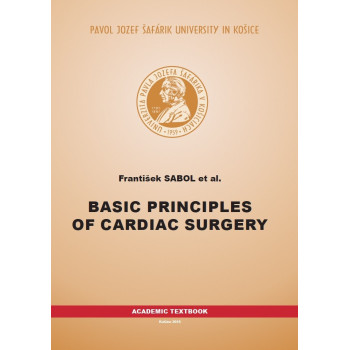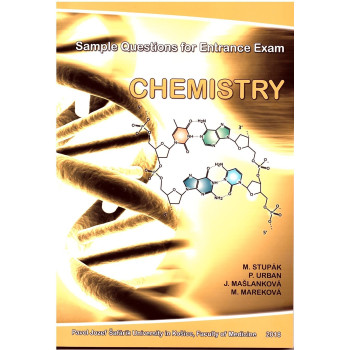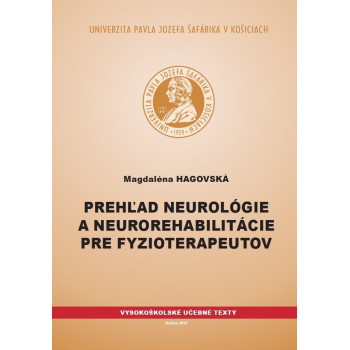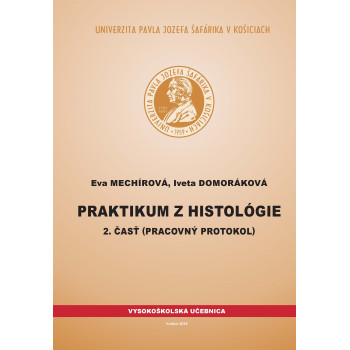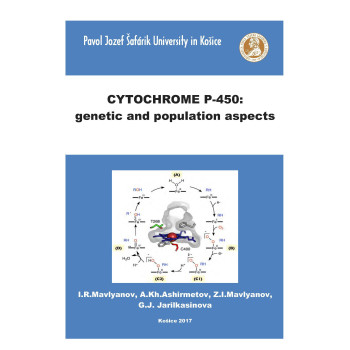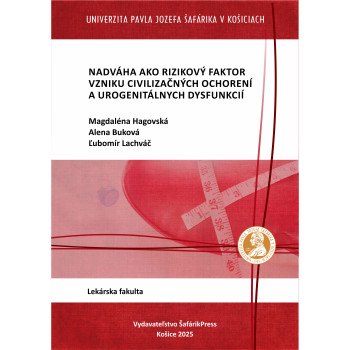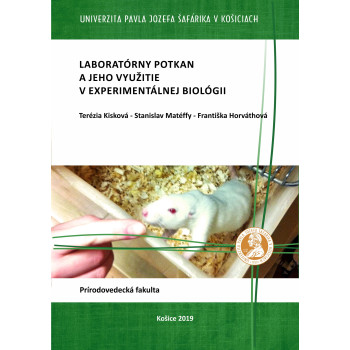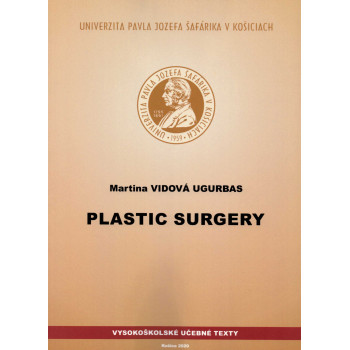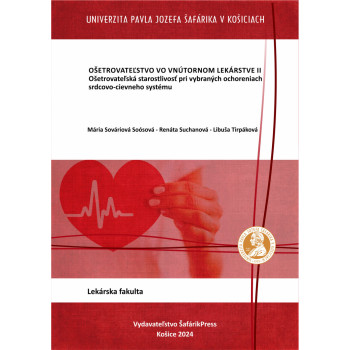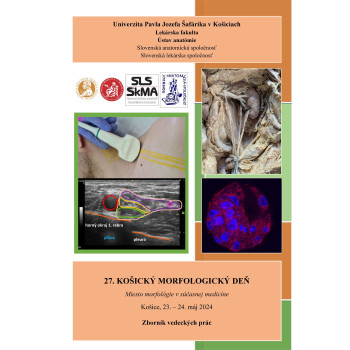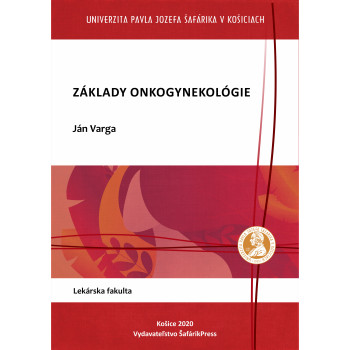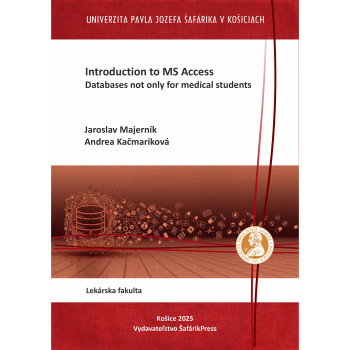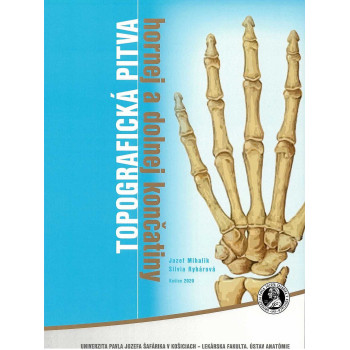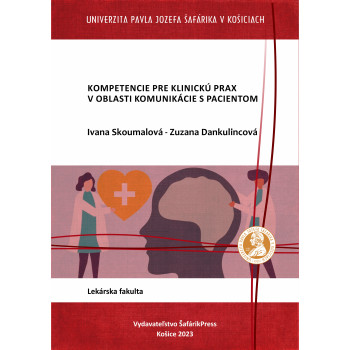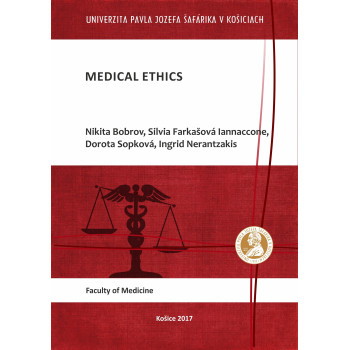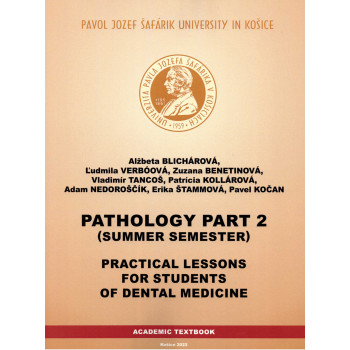
Basic Principles of Cardiac Surgery
František Sabola kol.
Although we are not really sure if “Love is coming from the Heart” and nor we know where “the Residence of Soul” is, we are still overwhelmed by its unprecedented effort to keep us alive. Our lives are nowadays fulfilled with enormous chances to satisfy our needs and wishes. Hand in hand is changing our way of life, the intake of calories is growing and the amount of physical activity decreasing. We live longer and maybe happier but our hearts
and vessels are like mirrors showing us how we live. Diseases of the Heart and vessels have become the number one cause of death in highly developed countries including our homeland.
Prevention of cardiovascular diseases has become and an important social and health care system issue. The knowledge requirement of basic principles of cardiology and heart surgery is increasing. Without an understanding of basic principles a good clinical practice is hardly possible.
Together with my Colleagues of Heart surgery department of VÚSCH and LF UPJŠ we prepared this short overview of basic knowledge about surgery of the human heart. We hope that reading it will be more an adventure than a painful journey. If you find some answers to your unanswered questions our effort was not a waste of time.
Authors



